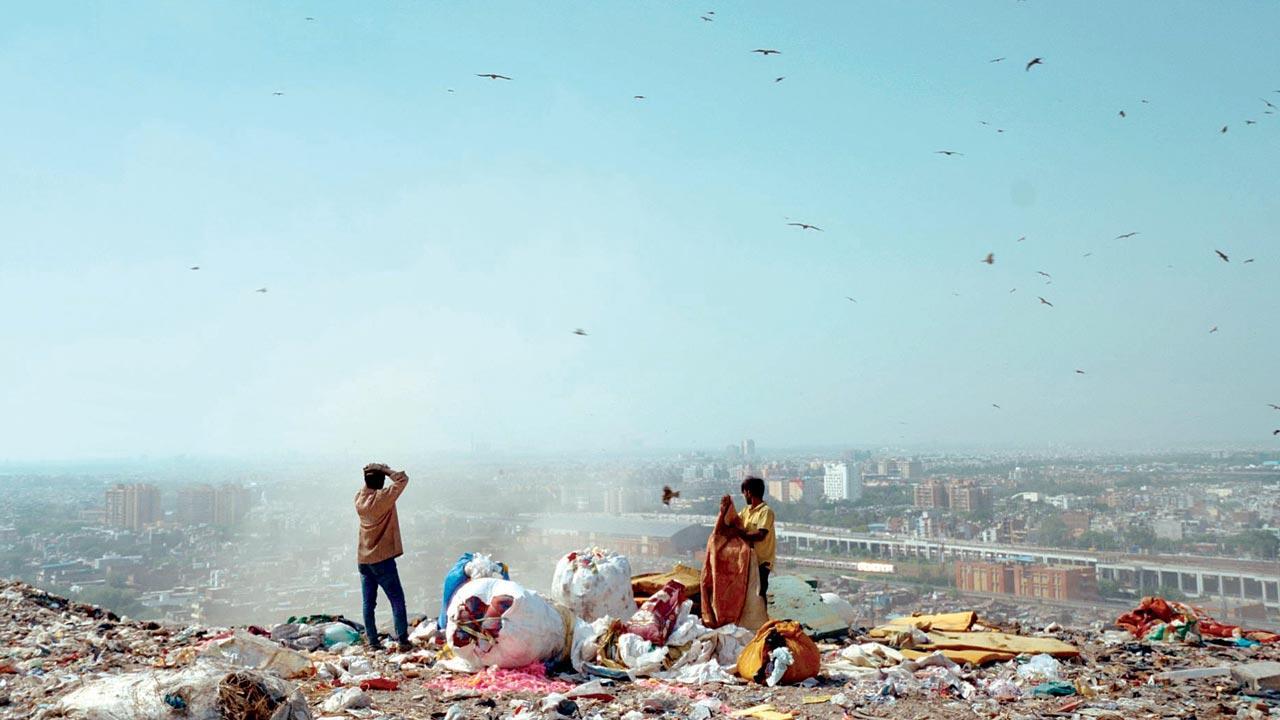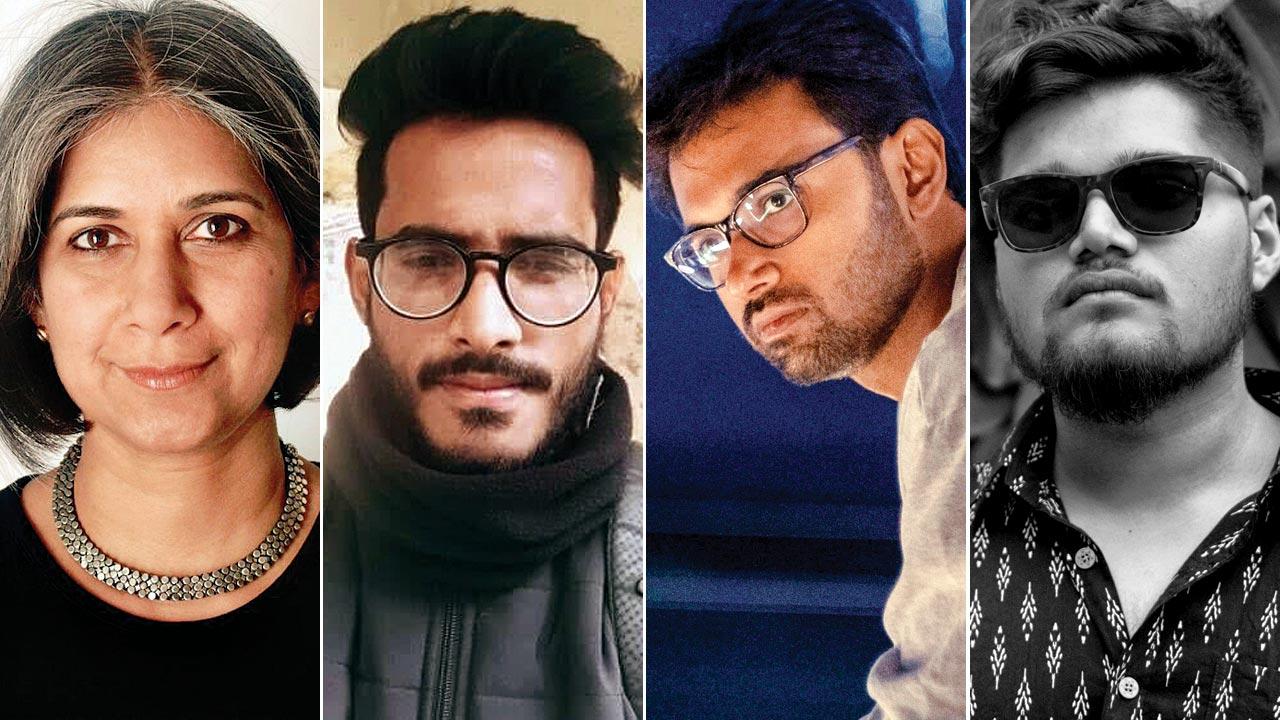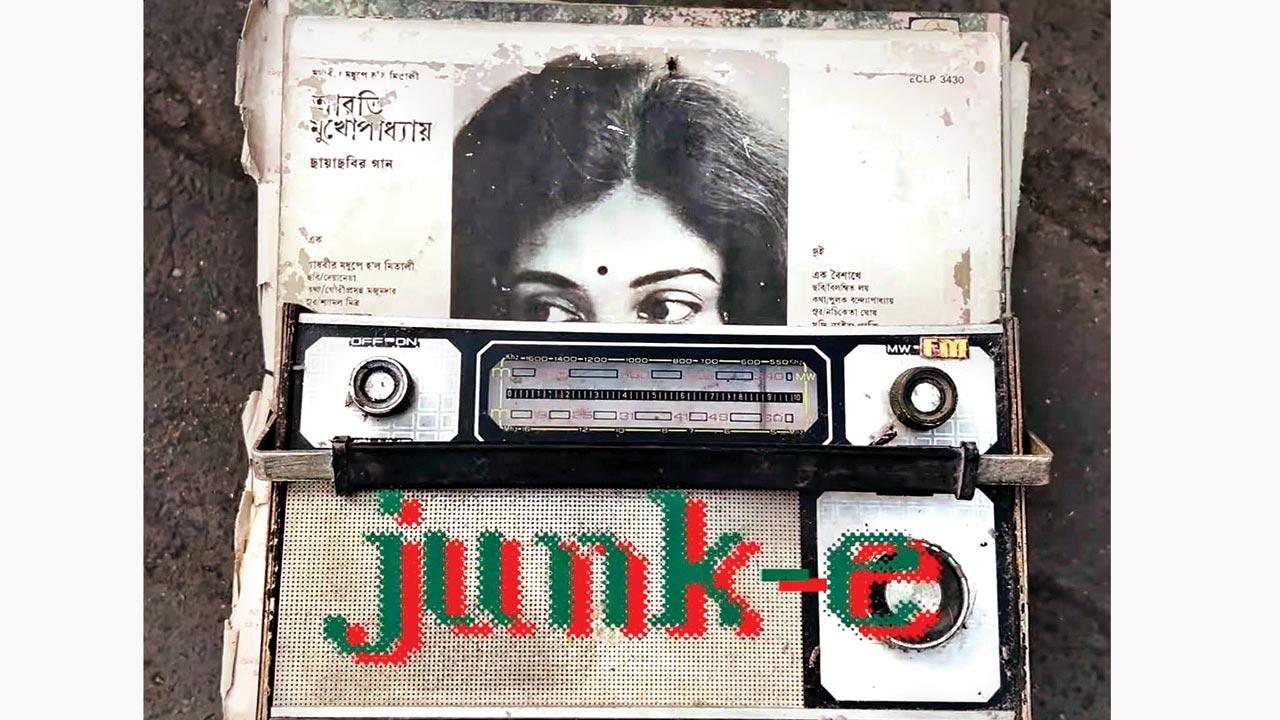Overflowing mounds of e-waste, contaminated water, polluted air, and degradation of creeks… the nine documentaries shortlisted for short film competition Nagari 2023 point to larger social issues across the country that deserve our attention

Gauraiya (Sparrow) by Jatin Parveen talks about the people living in the shadow of a landfill. Pic/Nitesh Sharma
In Ghazipur’s Mulla colony, there is a looming presence that cannot be forgotten. Just 100 m away from the locality is a 73-feet mound of trash, which emits noxious fumes that cloud life in this Uttar Pradesh district. Writer and filmmaker Jatin Parveen recalls passing by the landfill every day on his way to see his relative, Shilpi, who resides in the area. “You feel the omnipresence of that landfill all the time. Even inside the houses, with the AC on, the air is toxic.”
ADVERTISEMENT
Parveen, who works in Mumbai but grew up in Ghaziabad, is earnest, almost insistent, on highlight the issues that the Ghazipur community faces due to the stench, filth, and the “waste mafia” controlling their lives. These issues are brought to the forefront in Gauraiya, a short film he created with cinematographer Nitesh Sharma and sound designer Partham Kar to depict life from the vantage point of the mountain of waste.
Gauraiya, which means sparrow in Hindi, is part of a nine-film ensemble shortlisted for the Nagari Awards film competition in 2023.It was instituted in 2020 by the Charles Correa Foundation, spotlights urban issues across India, such as waste management, pollution, and land encroachment through a specific theme. Last year’s theme was reclaiming the urban commons. “Nagari Films, as a collection, are a bioscope for the Indian city,” says Nondita Correa Mehrotra, director of the Charles Correa Foundation (CCF). “It’s a bioscope that will allow us to put our faces up to the glass, so we all better understand issues we need to address in our cities.”
 Nondita Correa Mehrotra, Jatin Parveen, Ayush Ray and Kabir Naik
Nondita Correa Mehrotra, Jatin Parveen, Ayush Ray and Kabir Naik
In the seven-minute film, Salman, a 19-year-old boy, stands with two others on top of the mountain of trash, which ironically offers a clear view of the settlements of Ghazipur, which are primarily Muslim-dominated communities. His hands are caked with dirt and tell the story of a life spent digging amid dangerous trash, which includes hazardous biomedical waste, discarded blood samples, and even dead bodies. “A researcher informed me that under the landfill, for a radius of 3 km, the entire groundwater is contaminated,” he explains. “And there’s a waste management factory in the middle of the town. That creates its own toxic fumes due to the waste processing activities—the AQI is always above 800. They suffer from asthma, black cholera, and bronchitis.”
While Parveen’s film deals with the terrors piles of unmanaged waste have unleashed on residents living its wake, Ayush Ray and Ritam Sarkar’s film, Junk-E, deals with the burden of e-waste. Set in Magrahat, a municipality located 45 km from Kolkata, the film explores the lives of informal sector workers who recycle waste in one of the state’s biggest e-waste hubs.
“When I spoke to the workers, they said they referred to e-waste as scrap, because it brings food onto the table,” Ray recalls. “Waste, for them, is a livelihood and
an opportunity.”
 Junk-E, produced by documentary filmmakers Ayush Ray and Ritam Sarkar, follows the stories of Magrahat’s residents, who turn e-waste into opportunities for survival
Junk-E, produced by documentary filmmakers Ayush Ray and Ritam Sarkar, follows the stories of Magrahat’s residents, who turn e-waste into opportunities for survival
The tone of the documentary is hopeful, showing how the life-cycle of technology means different things to different people. For communities such as Magrahat’s residents, living on the fringes of the poverty-line, e-waste is important. “I met people who were experts at refurbishing smartphones and giving a new life to old devices,” the filmmaker says. But, there is a darker picture underlying the hope, similar to the Lazarus and the rich man analogy: an indulgent first world engaging in consumeristic acts, while the less fortunate live off the scraps thrown from their table.
“We cannot live without electronic gadgets. They’re as important as food,” says Ray. “But they take it’s toll on the environment. There is even electronic waste
in space!”
Another documentary that is but a snapshot of the larger issue of water body pollution in the country is documentary filmmaker Kabir Naik’s and Kuhu Saha’s film Avnati, on the degradation of the St Inez Creek—the life-blood of Panaji city in Goa. Naik, who is from Panaji, wanted to show the decline in the state of the creek, which winds along the alleys and streets of the capital city.
“The city was planned around the creek and not the other way around,” the multimedia journalist says. He says talks with the local residents revealed how the creek slowly became polluted over the last 10 to 15 years, as more and more garbage was dumped into it. This caused a lot of the endemic biodiversity, such as birds and insects, to decline and fade away. And of course, the fish. Once, the residents could bathe in the creek, eat the fish, and even drink the water. Today, it’s unthinkable.
Each of the nine films are incisive in their own way, tackling issues of local importance that are stories repeated in every village and district of the country. Parveen says it’s more than just a documentary competition. “It’s bigger than that. All these nine films describe problems that are affecting everyone living
on the planet.”
As Mehrotra puts it, “The urban commons are public spaces, and we really need to protect them!”
 Subscribe today by clicking the link and stay updated with the latest news!" Click here!
Subscribe today by clicking the link and stay updated with the latest news!" Click here!







